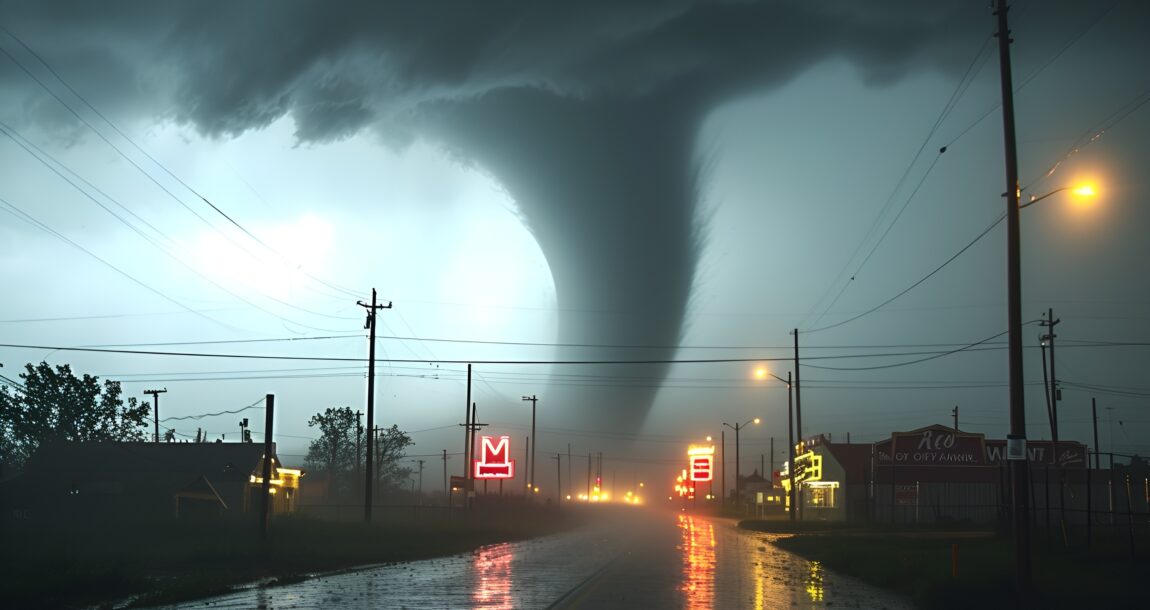Commentary: Climate change is pressuring insurers

Dear insurance professionals:
We know you’re caught between a rock and a hard place. Insurance prices are going up, policies are harder to come by, and your customers are frustrated and confused.
And we know what’s going on. Mother Nature is changing the game.

Climate change is making our weather more erratic and extreme at the exact same time that more people are moving into harm’s way and inflation is making things more expensive to repair.
It’s a tough new reality for homeowners, and a tougher business environment for you, as property insurance goes from a mundane necessity to a hard-to-get luxury. Even in places that don’t normally face climate disasters, and even for homeowners who haven’t made a claim, getting dropped or receiving notice of soaring premiums is happening more often.
Of course, we can’t attribute every disaster to climate change, but scientists say it is “loading the dice,” making extreme weather more powerful and frequent. Attribution science lets scientists quickly identify climate change’s influence on major disasters, and analysis shows that more than 70% of recent extreme weather events globally were made more likely or more severe by climate change.
And these disasters are ratcheting up. Global damages over the past four years have passed the $100 billion mark, a level previously considered to be extraordinarily high.
It’s not only the “big” disasters causing pricing to go up and policies to be dropped. “Secondary perils” are causing havoc as well, including in the heartland. Some of these are directly linked to climate change. As the oceans warm, more water vapor evaporates. As the air warms up, it can hold more water vapor – 7% for every degree Celsius increase in temperature – leading to more dangerous rainstorms and floods. More powerful heatwaves and more intense storm surges, hurricanes, drought and wildfires also are tied to climate change.
The jury is out on some other weather events, such as hail and tornadoes, partially because the available historical data is limited. But we know their patterns are changing in ways that make them more dangerous; tornadoes are shifting eastward, moving from “tornado alley” into more heavily populated areas. Hailstones are getting bigger and doing more damage, like the baseball-sized ones reported last month in Colorado.
Rising reinsurance rates and higher payouts from more frequent and severe extreme weather are both putting pressure on your industry. In fact, according to a New York Times study, property insurers lost money in 18 states last year.
This escalation is our new normal and will keep getting worse. Unless we stop adding carbon pollution into our atmosphere, climate change will continue to put pressure on our insurance system and society at large. It will get hotter, storm surges will be higher, droughts will intensify, and wildfires will become more widespread. And they will strike in areas that historically have been deemed safe.
It's not only your industry that is at risk. Financial experts warn of cascading impacts. Without insurance, we cannot get mortgages. Without mortgages, there will be fewer home buyers, which will probably lead to a drop in property values. With dropping property values, municipalities will have diminishing tax bases at a time when climate action to strengthen infrastructure and resilience will become more necessary and extensive. This could lead to drops in municipal bond ratings as municipal coffers are harmed, spreading the financial pain to other investments.
Climate change is disrupting our natural world, which will in turn disrupt many of our systems. It’s expected to negatively impact health and life insurance; extreme heat and polluted air cause significant health risks. Higher premiums are in fact a “climate change bill” – one of the first ways that Americans are paying for climate change directly, instead of through taxes, as governments prepare for and repair from climate damages.
Like other industries impacted by climate change, insurance can innovate, moving toward parametric payouts and rewarding customers who harden their properties. Homeowners can better evaluate future risks with predictive geospatial models that provide data down to an address level. Municipalities can create necessary, though unpopular, zoning to prevent new buildings in high-risk places and build stronger infrastructure to protect against fire and floods. And governments can provide a backstop. But whether it's through premiums or taxes, we all will pay more because of climate change.
As insurance professionals, you can help us transition to our new climate-changed reality. Your guidance can point us toward actions that will mitigate risk and help us protect ourselves and our properties in the face of these weather-related disasters. As you scrutinize new projects for climate resilience and underwrite ones with lower risks, you’ll bring confidence to these growing markets. You’re on the front lines of climate change and it’s a mighty responsibility.
Kathleen Biggins is the founder and president of C-Change Conversations, a nonprofit organization dedicated to promoting productive, non-partisan discussions about the science and effects of climate change. Contact her at [email protected].
© Entire contents copyright 2024 by InsuranceNewsNet.com Inc. All rights reserved. No part of this article may be reprinted without the expressed written consent from InsuranceNewsNet.com.






John Hancock expands its longevity arsenal
Integrity launches Integrity Wealth to fuel next growth phase
Advisor News
- Winona County approves 11% tax levy increase
- Top firms’ 2026 market forecasts every financial advisor should know
- Retirement optimism climbs, but emotion-driven investing threatens growth
- US economy to ride tax cut tailwind but faces risks
- Investor use of online brokerage accounts, new investment techniques rises
More Advisor NewsAnnuity News
- Judge denies new trial for Jeffrey Cutter on Advisors Act violation
- Great-West Life & Annuity Insurance Company Trademark Application for “EMPOWER BENEFIT CONSULTING SERVICES” Filed: Great-West Life & Annuity Insurance Company
- 2025 Top 5 Annuity Stories: Lawsuits, layoffs and Brighthouse sale rumors
- An Application for the Trademark “DYNAMIC RETIREMENT MANAGER” Has Been Filed by Great-West Life & Annuity Insurance Company: Great-West Life & Annuity Insurance Company
- Product understanding will drive the future of insurance
More Annuity NewsHealth/Employee Benefits News
- Thousands of Alaskans face health care ‘cliff in 2026
- As federal health tax credits end, Chicago-area leaders warn about costs to Cook County and Illinois hospitals
- Trademark Application for “MANAGED CHOICE NETWORK” Filed by Aetna Inc.: Aetna Inc.
- Study Results from University of California in the Area of Managed Care Reported (Minimally Invasive Overactive Bladder Therapy After Prolapse Surgery): Managed Care
- Reports from Guttmacher Institute Add New Data to Findings in Managed Care (Investing In Reproductive Health: Contraceptive Use and Preference Fulfillment Among Low-income Individuals Across State Policy Contexts): Managed Care
More Health/Employee Benefits NewsLife Insurance News
- One Bellevue Place changes hands for $90.3M
- To attract Gen Z, insurance must rewrite its story
- Baby On Board
- 2025 Top 5 Life Insurance Stories: IUL takes center stage as lawsuits pile up
- Private placement securities continue to be attractive to insurers
More Life Insurance News